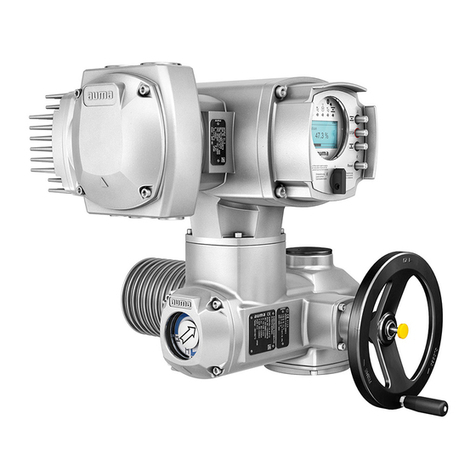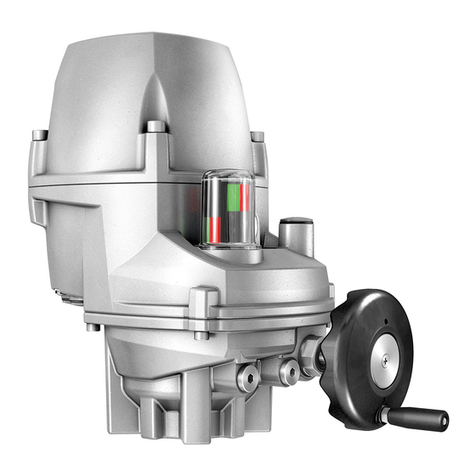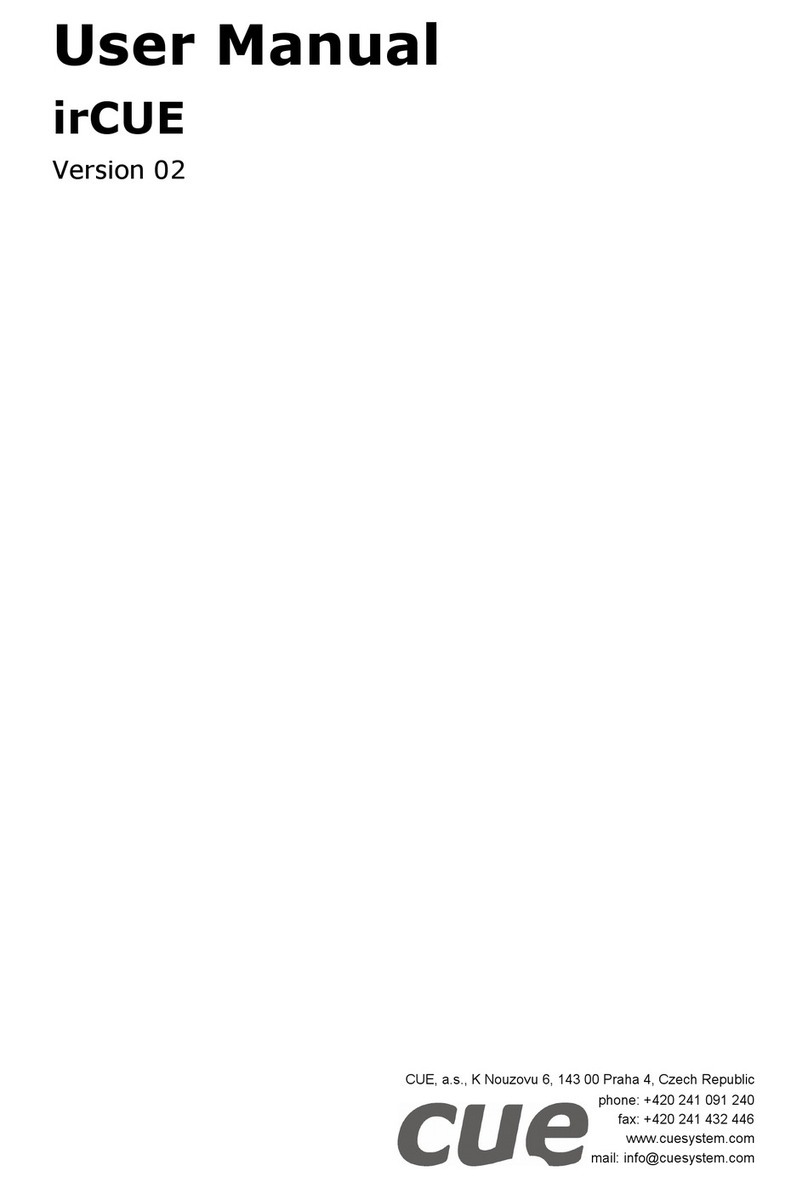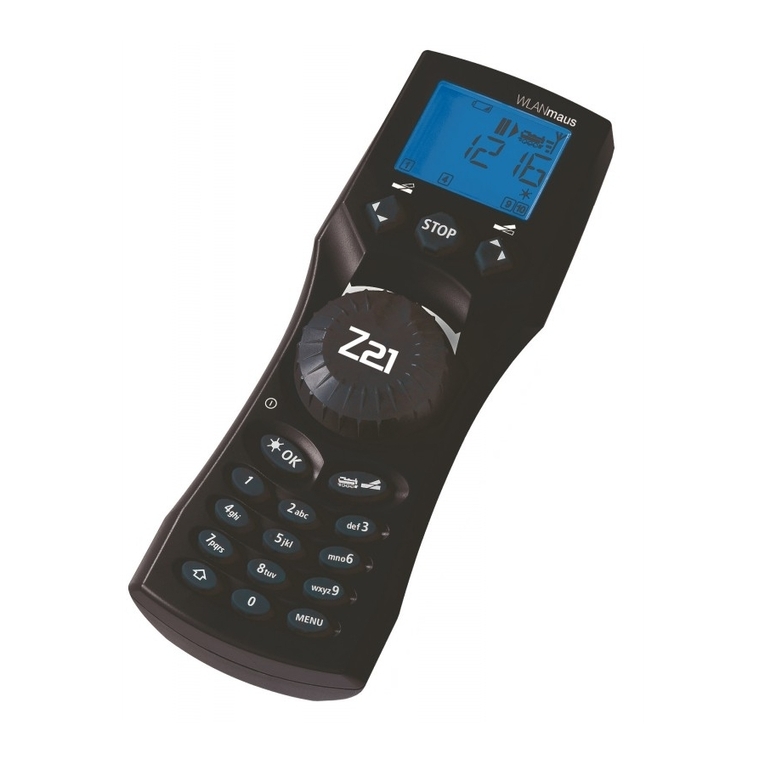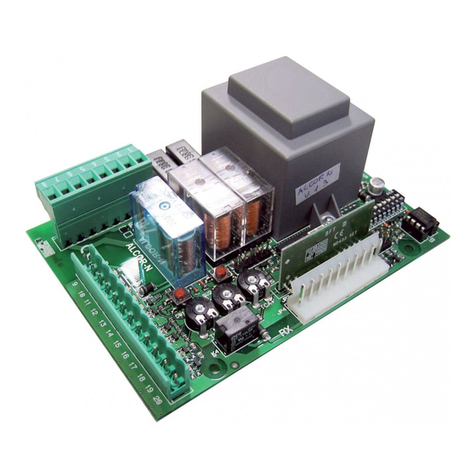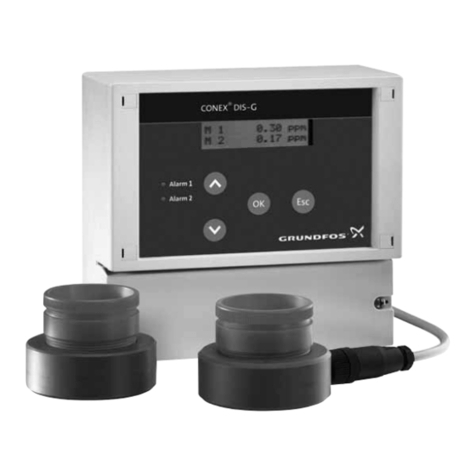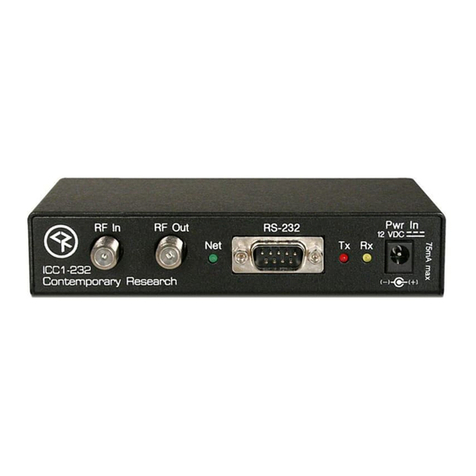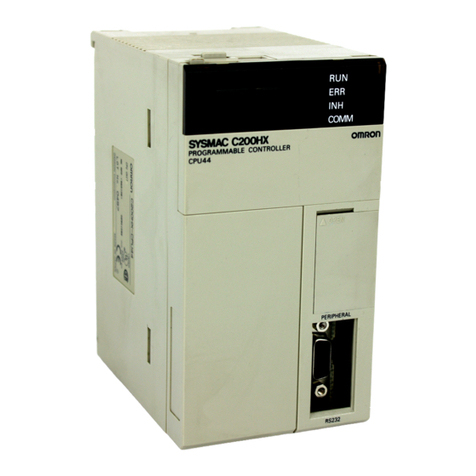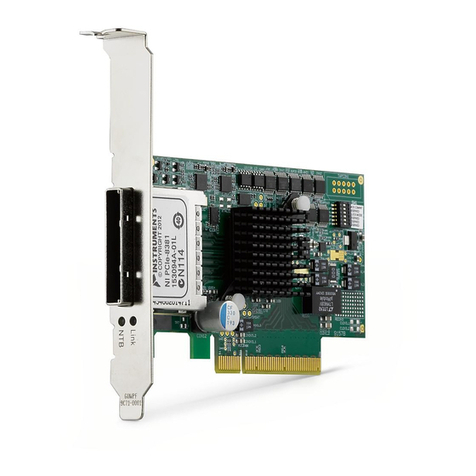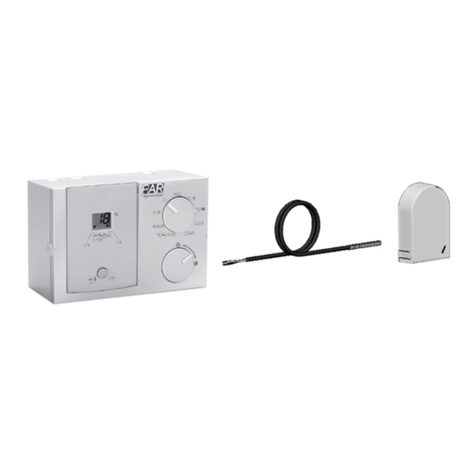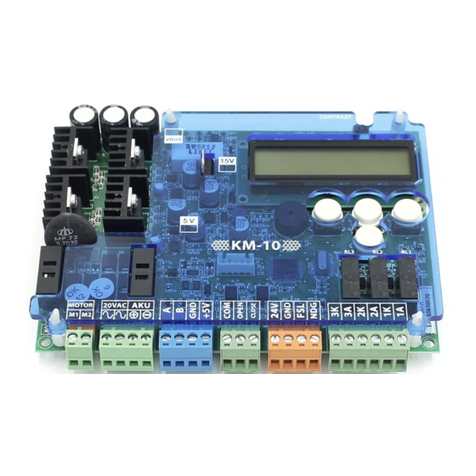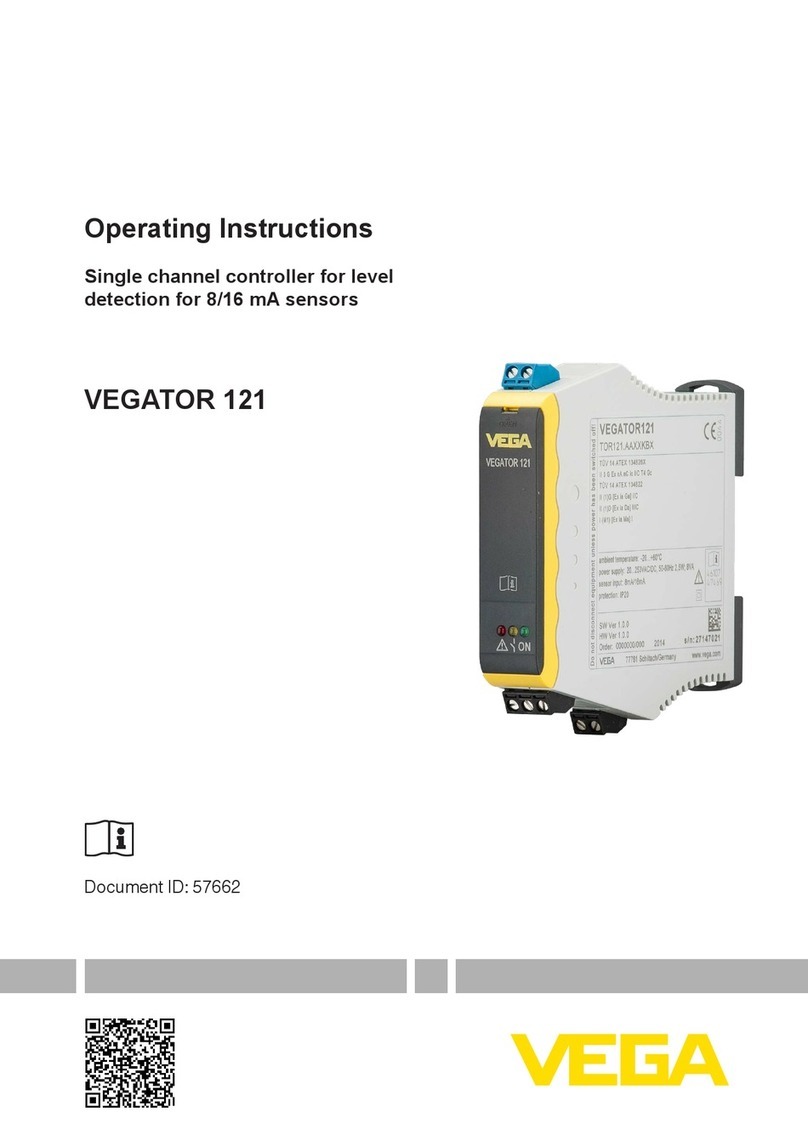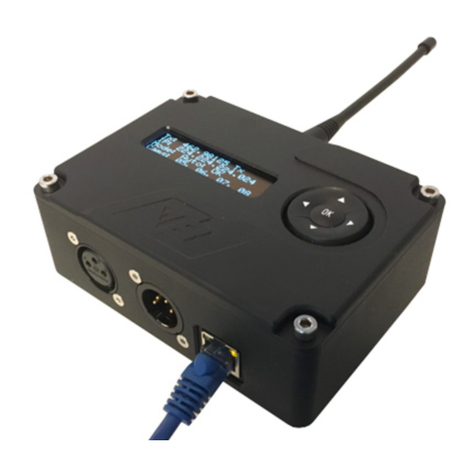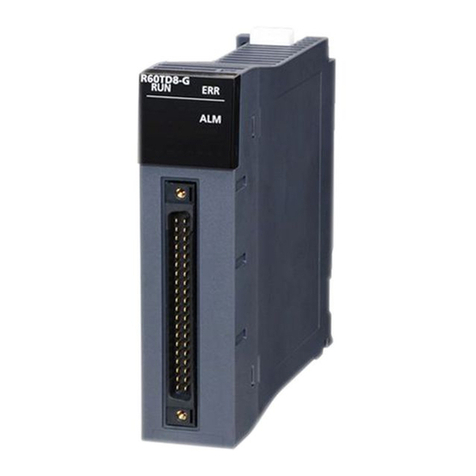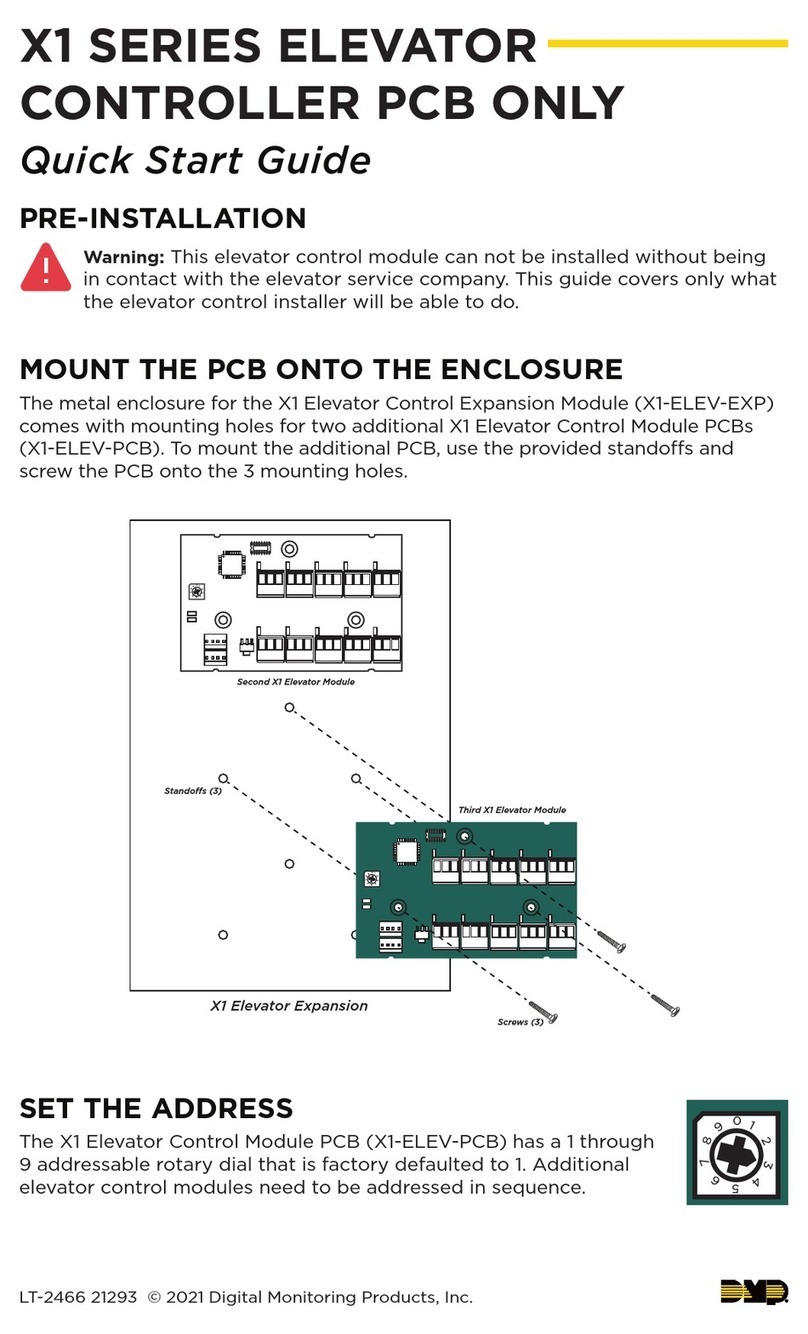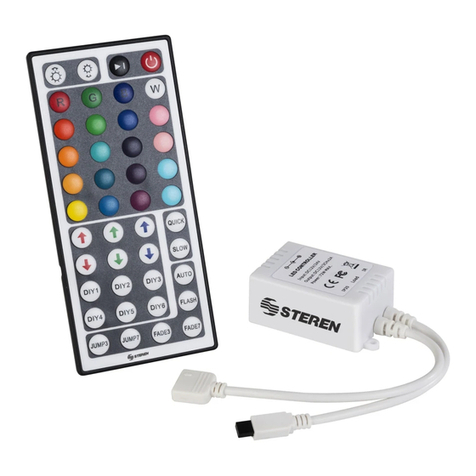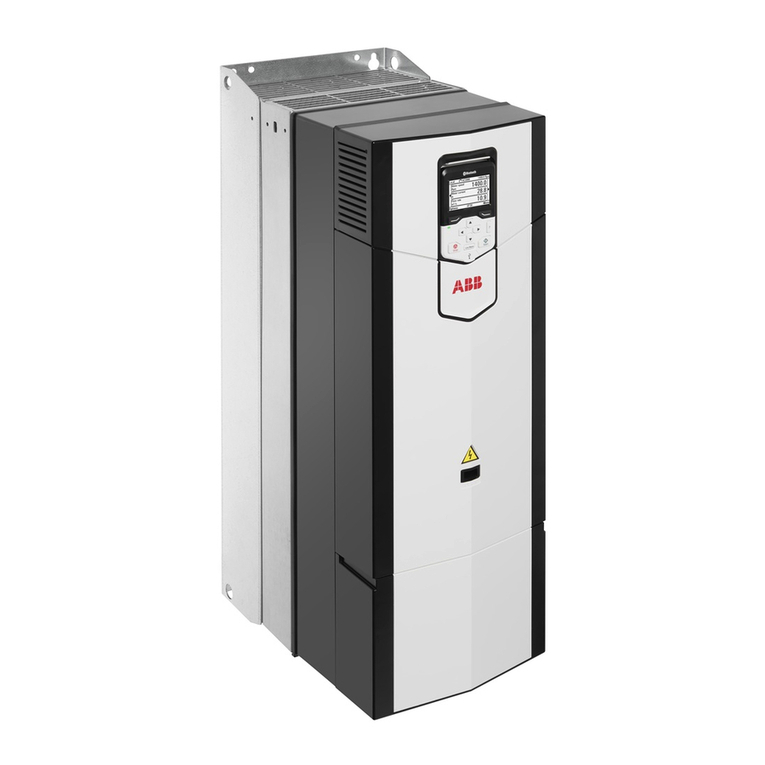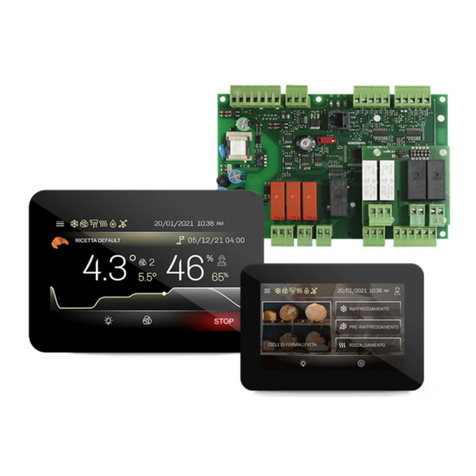AUMA SA 3 User manual


Contents / Introduction
Contents Contents
Introduction
Applications
Type Designation
Multi-turn Actuators
Design Principle
2
3
4
5
6-7
Functions
Open-Close Duty
Regulating Duty
Limit Switching
Torque Switching
8
8
8
9
10
Control Equipment
Micro Switches
Reduction Gear Unit
Position Indicators
Intermediate Switch
Manual Operation
Top Bevel Gear Set
Space Heater
Motors
General
Data Sheets
Technical Data Open-Close Duty
Electrical Data Open-Close Duty
Technical Data Regulating Duty
Electrical Data Regulating Duty
Dimension Sheet, Norm
Dimension Sheet, Compact
Dimension Sheet, E-pac
Output Drives
Linear Thrust Unit
Terminal Plan (Norm)
Wiring Diagram (Integral Starter)
Legend - Integral Starter
11
11
12
12
13
13
13
13
14-15
29
30-31
32-33
34
35
36
37
38
39
40
41
42
43
Actuators for Regulating Duty
Actuator Types
Auma Norm Actuators
Auma Integral Starter Actuators
Control Versions
Auma Compact
Auma e-pac
16-20
21
21
21
22
22
23
Interface
Valve Attachment
Output Drives
Electrical Connection
Actuator Gearbox Combination
24
24
24
25
26
Service Conditions
Enclosure Protection
Ambient Temperature
Explosion Proof
27
27
27
28
In the course of ever increasing demand for
automation in all sectors of industries, electric
actuators for process control and regulation
have become more and more important. For
more than 30 years, Auma concentrates on
design, development and manufacturing of
electric actuators. During this period, Auma
has acquired a know-how in this field that can
hardly be surpassed. Auma today is one of the
leading manufacturers of electric actuators in
Auma India (Ltd.,) is now a subsidiary of
Auma Werner Riester Gmbh & Co. KG,
Germany manufacturing electric actuators
under brand name . Auma (India) Ltd.,
started its operations in the year 1985 with HQ
and sophisticated manufacturing base at
Introduction
the world.
Bangalore.
offices & service centers.
Sales support and after sales service are
provided by network consisting of regional
2

Applications
Auma multi-turn actuators of the type range SA
can be used wherever the automation of the
valve is required. The adoption to the
requirements of nearly every valve automation
task is possible. This is on account of :
Various combination possibilities with
Auma Valve Gear boxes. Thereby the torque
range can be further extended and / or the
multiturn actuator can be converted into
A large variety of versions, whether for open
or closed loop control, explosion proof
applications, a suitable version is available.
part turn, lever or linear actuator.
An extermely wide torque range
Energy
Power Plants
Air Pollution Control
District Heating
Pipelines
Others
Air Conditioning
Steel Mills
Ship Building
Cement Plants
Food Industry
Chemical Industry
Petro-chemical
Chemical
Pharmaceutical
Water / Waste Water
Water Works
Water Pipelines
Sewage Treatment
Pump Stations
Locks / Dams
3

Type Designation
Auma
Norm Regulating Duty
OPEN-CLOSE Duty
Regulating Duty
OPEN-CLOSE Duty
Regulating Duty
OPEN-CLOSE Duty
Regulating Duty
OPEN-CLOSE Duty
Model : SA
Model : SAR
OPEN-CLOSE Duty
Regulating Duty
Model :SA Compact
Model : SAR Compact
Model :SA e-pac
Model : SAR e-pac
Model :SAEx
Model : SAREx
Model :SACEx
Model : SARCEx
Auma
Integral Starter
Actuator
Types
Auma
Compact
Auma
e-pac
Expl. Proof
Norm
Expl. Proof
Compact
Auma
Flame Proof /
Explosion Proof
Type Designation : Example
Model
Torque Rating Output Drive
Output Speed in RPM
SA A12 22
Torque Ratings 3 m kg
6 m kg
12 m kg
15 m kg
25 m kg
30 m kg
50 m kg
60 m kg
100 m kg
Output Speed 4 rpm
5.6 rpm
8 rpm
11 rpm
16 rpm
22 rpm
32 rpm
45 rpm
63 rpm
90 rpm
125 rpm
180 rpm
Output Drives A Stem nut
B Plug Sleeve
C Dog Coupling
D Stub Shaft
E Bore with Keyway
4

Multi-turn Actuators
Multi-turn Actuator SA3 - SA100
Torque range 3 m kg to 100 m kg
Output speed 4 rpm to 180 rpm
Multi-turn Actuator
Integral Starter - Compact
Multi-turn Actuator
Integral Starter - e pac
Multi-turn Actuator
Flame Proof / Explosion Proof
5

Design Principle
6
Switch Compartment
Valve Attachment
Reduction Gearing
Terminal
Compartment
Manual Operation
Motor
Change Gears

A well proved principle of worm gearing is
used to reduce the motor speed to required
output speed of actuator. Self-locking feature
is achieved by worm gearing upto 90 output
rpm. Worm shaft and output shaft with worm
wheel run in ample sized bearings. The sliding
worm is positioned between two sets of
springs on worm shaft. The worm moves
axially in relation to thrust which is the
measure for torque. Via lever & gears the
Depending upon type of valve, the actuator
must be switched off at end positions by limit
switch or torque switch. For this purpose,
independent limit switching or torque
switching devices are provided in the switch
compartment. The switching devices are easily
Motor Terminal Compartment
Change Gears Valve Attachment
Reduction Gearing Manual Operation
Switch Compartment
Design Principle
Especially high starting torque is frequently
required to unseat valves from end positions.
The motors developed by Auma fulfil this
basic requirement.
accessible for any setting at site.
All electrical connections are terminated inside
the terminal compartment. Screw type terminals
are provided for easy connections. Multi-pin
plug-socket connector can be provided for ease
of connections & maintenance.
site.
Auma actuators are driven by special
combination of gears which are outside the
grease filled housing & require no lubrication.
If required, output speed can be easily altered
by changing the gear pair and / or motor at
for adaption to various types of valves.
The mounting flange is according to ISO 5210 /
DIN 3210. Various output drives are available for
torque is transmitted to control unit.
disengaged.
For commissioning or in an emergency, actuator
can be operated with hand wheel. When starting
the motor, the manual drive is automatically
7

Pemissible number of starts-stops depends upon
actuator size & speed. The details are available
Open Close Duty
Regulating / Modulating Duty
Short Time and Intermittent Duty IS 12824
Functions
Typical Characteristics of
OPEN-CLOSE DUTY
Typical Characteristics of
Regulating / Modulating Duty
Short time Duty S2 Intermittent Duty S4
S2-15min.
The characteristic feature of this actuator is
open loop. The normal valve positions in
OPEN-CLOSE Duty are end positions OPEN
and CLOSED. After receiving command, the
actuator operates the valve to one of the end
positions or if necessary to a preset
intermediate position. The valves are operated
relatively seldom, the time intervals can span
Auma multi-turn actuators type SA for open
close service are rated for short time duty
between a few minutes to several months.
in Data Sheets.
Operation at constant load during a given
time, less than that required to reach thermal
equilibrium, followed by a rest and de-
energized period of sufficient duration to re-
The duration of short time is limited to 15, 30
or 60 min.
o
establish machine temperatures within 2 C.
The characteristic feature of this actuator is
closed loop in which input command signal to
actuator is directly influenced by the flow
through the valve. Regulating / Modulating
duty actuator SAR operates between two set
bands between open-close positions depending
upon actual valve position and feedback signal.
The motors of these actuators are rated for
intermittent duty S4-25%. The mechanical
components and motor are designed to withstand
a large number of operations required for
modulating applications.
8
A sequence of identical duty cycles, each cycle
including a significant period of starting, a period
of operation at constant load and a rest and de-
energized period. These periods being too short
to attain thermal equilibrium during one duty
The relative on time at S4-25% is limited to
25% of the cycle time.
cycle.

The accuracy of setting is 1/10 of a turn of
actuator output shaft. For four train counter
gear, 4 limit switches of 1 NO + 1 NC or 2 NO
Limit Switching
Two Train Counter Gear
Four Train Counter Gear
Functions
For Two train counter gear, two limit switches,
one for each direction of travel having 1 NO
+ 1 NC or 2 NO + 2 NC contacts are provided.
The number of spindle turns can be set
between 1 and 480 or 1 and 4800.
Two Train Counter Gear
Four Train Counter Gear
Examples of such application are :
+ 2 NC contacts are provided.
The limit switching enables to switch off the
actuator when reaching defined valve
position, usually end positions. The valve
travel is measured by mechanical counter gear
mechanism which when reaching the set
switching points operate the electrical limit
switches by cams. The setting accuracy is 1/10 of
In limit switching, two train counter gear and
a turn of actuator output shaft.
four train counter gear versions are available :
If limit switching is required at two end
positions only, two train counter gear is used.
However, if two additional intermediate
switching positions are desired, Four Train
Counter Gear is required. This limit switching
has 4 counter gears and 4 micro switches. Two
counter gears are used to switch off at end
positions as in Two Train Counter Gear. The
other two are available for setting any desired
intermediate positions between end positions.
After cam actuation, the switches remain
actuated till reaching end of valve travel.
To stop at intermediate position
Sequence control, that is to start
another equipment like pump or bypass
valve actuator after certain travel
of valve.
9

Torque Switching
Running Indication
Torque Switching
Functions
directions.
can be used as running indicator.
The torque switching enables to switch off the
actuator when pre-determined torque is
reached instead of a defined position. The
torque switching works on principle of sliding
Axial displacement of worm proportional to
thrust is transmitted to torque switches.
Torque switches operate in closing & opening
directions. The required tripping torque can be
easily set on the graduated dial. If limit switch
cut off is selected prior to torque switch, then
For tight seating of certain valves, the actuator
must be operated to end position CLOSED
with defined force. Such operation can be
carried out by torque seating. Limit seating is
worm.
torque switch serves as overload protection.
commonly used in the end position OPEN.
When torque seating is used at end position,
limit switches can be used for signalization.
Therefore actuator controls can differentiate
whether actuator was switched off by torque
switch or by limit switch. Micro switches of
torque switching are provided with 1 NO + 1 NC
or 2 NO + 2 NC contacts for both open & close
Blinker switch is provided in the actuator and
10

Micro Switches
Single and Tandem Micro Switches
Micro Switch Ratings
Limit and Torque Switches are available in
single or tandem versions.
Control Equipment
Limit switches are tripped when an end position
is reached and torque switches are tripped when
The micro switches are sealed to enclosure
protection class IP66, as per IS 13947. The micro
switches have double break change over
potential free contacts. The circuit is interrupted
simultaneously at two points. The basic versions
of the switch contacts are of silver. For low
current ratings, micro switches with gold plated
the set tripping torque is exceeded.
contacts are available.
Type of Switch
Blinker
DC inductive
DC resistive
Limit and
Torque
Type of
Current
Rating in Amp at Approx. Electrical
contact rating
500,000 cycles at
250 V AC, 5A
50,000 cycles at
250 V DC, 0.1A
50,000 cycles at
250 V DC, 0.25A
30 V
8
5
7
7
1
1
6
0.2
0.5
5
0.1
0.25
4
75 V 125 V 250 V
AC, cos O = 0.8
Inductive
AC, cos O = 0.8
Inductive
With the help of micro switches, mechanical
parameters such as travel & torque are
converted into electrical signals for actuator
control. There are four switches in the basic
version :
positions OPEN and CLOSE
directions OPEN and CLOSE.
One torque switch each for the
One limit switch each for the end
Limit or Torque Switches in tandem version
have additional switching contacts. These
contacts can be wired for following applications :
Single Micro Switch
Tandem Micro Switch
11
Switching another circuit also with
Safety function, to operate with single
Multiplying the available contacts,
different voltage & current
switch
example for signalization.
points of tandem switches.
For such applications, a relay is recommended
since there may be small differences in tripping

Actual position display can be provided by
digital remote position indicator, which
The position of the valve is indicated
continuously by adjustable discs having
symbols for OPEN and CLOSE. The discs can
be seen through an indicator glass on switch
compartment cover. The open-close discs can
be set to coincide with limit switching. The
mechanical position indicator requires
The position of the valve can be transmitted as
a continuous signal for remote indication. A
potentiometer mounted on RGU is used for
this purpose. A power supply unit provides
necessary voltage to the potentiometer. The
o
potentiometer rotates through 270 for one full
stroke of valve & output signal from
potentiometer is proportional to valve travel.
Thus the actual position of the valve can be
Reduction Gear Unit
Mechanical Position Indicator
Remote Position Indicator
Digital Remote Position Indicator
Position Indicators
Control Equipment
at site, variable ratio RGU is available which
allows simple modification at site depending
upon number of turns of output shaft for full
stroke of valve.
Reduction Gear Unit (RGU)
Mechanical Position Indicator
reduction gear unit for operation.
Remote Position Indicator
Potentiometer
Position
Meter
Power
Supply Unit
Std: 220 ohms, 3W, Linearity + 3%
Optional : 100, 560, 1000 ohms,
3W, Linearity + 3%
Precision : 200, 500, 1000 ohms,
1W, Linearity + 0.5%
PS01, input 220V, 50Hz, output
24V DC
0 - 100% in various sizes
Technical Data
A reduction gear unit (RGU) in the actuator is
used for mechanical position indication,
remote position indication & for operation of
intermediate switches. The output shaft of the
actuator drives final output shaft of RGU
through a series of reduction gears and final
o
shaft turns by approximately 270 while
actuator output shaft performs full number of
turns as set on two train or four train counter
gear unit. The reduction gear ratio needed for
each particular case is fitted at works if the
ratio is known. For this purpose fixed RGU
is supplied. If the ratio needs to be altered
read off continuously on position meter
calibrated & mounted on control panel.
displays open position in percentage.
12

Intermediate Switches
Manual Operation
Top Bevel Gear Set
Space Heater
Control Equipment
Intermediate Switches
Top Bevel Gear Set
Volts, AC
Resistance
ohms
Rating
Watts
230
5K
10 20 10 20
2.7K 1.2K 0.6K
230 110 110
Technical Data
With this limit switching, additional switching
points can be set for each direction of rotation.
The switching can be set between 25 and 75%
of valve travel in each direction. The switch
sub assembly consisting of 2 or 4 cam switches
is mounted on output shaft of RGU. Each
micro switch has 1 NO + 1 NC contact.
For commissioning or in an emergency when
there is no power supply, actuator can be
operated by hand wheel. The manual drive is
engaged by means of a lever. When motor
starts running, the manual drive gets
disengaged immediately & hand wheel does
In manual operation, hammer blow can be
effected with hand wheel. The hammer blow
makes it possible to open a jammed or rarely
operated valve.
not rotate during power operation.
Manual effort on hand wheel can be further
reduced by using a side mounted hand wheel
instead of standard hand wheel. Reduction
SA3 / 6 / 12 / 15
SA25 / 30 / 50 / 60
SA 100
2 : 1
3 : 1
4 : 1
Instead of hand wheel, a chain pulley can be
provided for actuators mounted in inaccessible
zones.
ratios available are
Condensation in the actuator is possible due to
wide fluctuation of the ambient temperature.
The heater integrated in the control unit
prevents the water condensation. The heater is
rated for continuous duty. This may be
continuously energized or when the actuator
is not operating.
13

Motors
Control Equipment
Single Phase AC Motors
DC Motors
AC Motors with Other Voltages and
Frequency
Technical Data
3 ph AC Motor 1 ph AC Motor DC Motor
50/60 Hz : 220 V, 380 V
400 V, 415 V
440 V, 460 V
480 V, 500 V
550 V
Voltages
Permissible Variation
in Voltage
Mounting C Type Flange, B14, IS 2223
+ 10% + 10% + 10%
Enclosure Protection IP 67 or IP 68 after mounting
Type of Cooling Surface Cooled
Insulation Class o
F Class, IS 325 (max. temp. rise 140 C)
Starting Direct on line
Type of Duty S2-15 min. or S4-25 % IS 12824
Direction of Rotation Clockwise and anticlockwise
Motor Protection 3 thermo switches 2 thermo switches 4 thermo switches
50/60 Hz :
220 V - 240 V
110 V - 220 V
220 V
110 V
48 V
24 V
Auma actuators can be supplied with single
phase AC motor. The required capacitor is fitted
in the terminal compartment cover.
220 V DC supply.
14
As a standard, Auma multi turn actuators are
equipped with 3 phase induction motors.
Auma motors are class F insulated and
The motors are used for short time duty (S2-15
min or S4-25% as per IS 12824) and provide
approximately three times rated torque for
short duration. The size of the motor is smaller
compared to continuous duty motor S1 of
same output power. This results in reduced
inertia of the rotor and therefore less
overshoot after switching off of motor. Auma
motors are designed for enclosure protection
class IP 68 when mounted on the actuator. All
motor cables are brought to terminal
compartment cover from inside of the actuator
o
withstand winding temperature upto 140 C.
thus avoiding terminal box.
Three phase induction motors are available in
wide range of operating voltages from 220 V to
560 V and operating frequency of 50 or 60 Hz.
Auma actuators are also available with DC
motors. These motors operate on 24 V, 110 V or

Motor Protection
Output Speeds
Self Locking
Control Equipment
Motor winding may get overheated if the
actuator is run beyond rated duty or if the
rotor is stalled for considerably longer time or
if too high ambient temperature is
encountered. In order to protect the motor
against over heating, thermo switches are
embedded in the windings of three phase,
single phase AC motors and DC motors. When
integrated into the control circuits, they will
protect the motor against damage due to
The thermo switches interrupt the control
circuit as soon as winding temperature of
o
140 C is exceeded. After cooling down to a
o
temperature of approx. 110 C, the actuator can
be switched on once again. PTC thermistors
excessive winding temperature.
can also be provided for motor protection.
With large range of available output speeds,
almost every required operating time can be
The actuator output speed is determined by
the motor speed, change gears and reduction
The output speeds are available from 4 - 180
During trial run, if found necessary, the
output speed can be easily changed by
rpm in geometric progression of 1: 1.4.
gear ratio of worm / worm wheel.
achieved with Auma actuators.
Auma multi turn actuators SA/SAR3 to
SA/SAR100 are self locking (see note below)
with exception of output speeds 125 & 180
rpm. Actuators with 125 & 180 rpm are having
double start worm drive. After torque switch is
tripped, the sliding worm may move back to
initial position by the action of torque
measuring springs. This allows torque switch
to be released. If control system provides
continuous signal, this results in hunting of
motor. This can be avoided by the use of
auxiliary relay.
Note : The motor protection device must be
integrated into the controls, otherwise warranty
for motor is not valid.
Note on Self Locking :
Self-locking gearing does not ensure safe
stopping after an operation. If this is required,
separate locking arrangement must be provided.
Technical Data
AC Voltage
o
Tripping Temp 140 C
o
Reset Temp 90 - 110 C
Switch Rating
2.5 A
1.6 A
250 V AC
Cos O = 0.6
250 V AC
Cos O = 1
For higher velocities it is recommended to use
spring loaded stem nut type AF (special design).
exchanging the change wheels and or motor at
site. The grease filled housing need not be
opened for this purpose. The torque switch
setting & limit switch setting remains the same.
For actuators with output drive A (Stem nut),
max. permissible stem velocity must be
-
-
for gate valves max. 500 mm/min
for globe valves max. 250 mm/min
observed:
15

Description of Regulating Duty
Principle of Operation
Actuators for Regulating Duty
Auma actuators of type SAR are suitable for
Regulating duty / Modulating duty. SAR
actuator operates between two set bands in
closed loop and the motor is started, stopped
& reversed at short intervals to correct the
deviation from the set value. SAR actuators
differ from SA actuators in several respects :
SAR
MSAR
MUSAR
Regulating duty actuator
Sensor for actuator, i.e.
position transmitter at actuator
(potentiometer or inductive
LVDT)
Signal converter for SAR i.e.
Electronic position transducer
(RWG 1001/RWG 2002) or
inductive position transmitter
(IWG 1002/ IWG 1003).
CU01
V
M
MU
SE
W
XR
YR
:
:
:
:
:
:
:
:
Electronic positioner
Regulating valve
Sensor for regulating valve
Signal converter for sensor
Setting nominal value
Reference input
Input value at controller
Output value at electronic
:
:
:
positioner
Torque for regulating duty should not exceed
Max. torque of actuator can be used for
For reversing service, duration of impulse
Electronic position transducer or precision
potentiometer should be used for remote
The motor should be short time duty
The SAR actuator basically consists of
control units as explained in following
Output speed of actuator max. 45 rpm.
1200 cycles / hour with motor power upto
0.55 kW & 600 cycles / hour with motor
Max. No. of starts-
-
-
-
-
-
-
power above 0.55 kW.
50% of max. torque of actuator.
seating & unseating of the valve.
should be minimum of 50 ms.
position indication.
class S4 - 25%.
diagram.
- 4 pole motors are used to reduce overshoot
- Worm with high quality finish on flanks for
better efficiency
Disc springs on worm shaft are pre
compressed to reduce dead band when
While selecting Auma actuators for regulating
duty applications, following points should be
reversing.
-
noted :
16

Actuators for Regulating Duty
This device is a signal converter for the
transformation of resistance value into
proportionate current signal. It can also be
placed in the actuator where the position
determined by the potentiometer is converted
Electronic position transducer RWG 1001
Description of Electronic Units
A potentiometer is used as sensor for actuator.
Single turn wire wound potentiometer with
4.7 k ohms with linearity of + 0.5 % is available
for this purpose. It is available in single or
Sensor for Actuator
tandem version.
RWG 1001
Technical Data
Resistance 4.7 k ohms + 0.5 %
Power rating o
3 Watt at 40 C
Angle of rotation oo
275 + 5
+ 0.5%
Linearity
Technical Data - RWG 1001
Configuration 3 Wire
from 50 to 100%
Max. 0.2%
o
0.2% 10 C
0.05%
24V DC
min. 18, max. 33V
0-20 mA
(4-20 mA)
+ 25%
Supply Voltage
Displacement of end
position, max.
Influence of supply
voltage variation
Linearity not considering
potentiometer
150 k ohms
Input resistance
Temp. drift
Displacement of zero
position, max.
Output Current
Technical Data - RWG 2002
Configuration 2 Wire
from 60 to 100%
Max. 0.15%
< 1%
150 k ohms
24V DC
min. 18, max. 33V
4-20 mA
+ 25%
Supply Voltage
Displacement of end
position, max.
Influence of supply
voltage variation
Linearity not considering
potentiometer
Input resistance
Displacement of zero
position, max.
Output Current
This is basically same as RWG 1001, however
with 2 wire system. The linearity is less than 1%.
As position transmitter, preferably a
potentiometer of 4.7 k ohm should be used so
that the reference voltage source is not over
loaded. This device requires 24V DC power
supply regulated within + 15%. Auma power
supply unit PS01 is recommended for this
purpose. RWG 1001 is a 3 wire system and is
Electronic position transducer RWG 2002
RWG 2002
having linearity of 0.05 %.
17
into 4-20 mA current signal.

Actuators for Regulating Duty
Dual Output Position Transmitter RWG 2002 DG :
Description of Electronic Units
IWG 1002
Technical Data - RWG 2002 DG
< 0.2%
< 1%
oo
- 20 C to + 80 C
100 mA
+ 50%
+ 25%
24V DC
+ 10% regulated
0/4-20 mA
0/4-20 mA
Supply Voltage
Change in Output due to
Input Supply Variation
Linearity Error for both
Outputs
Operating Temperature
Range
Current Drawn
Adjustability of Span
Adjustability of Zero
Output 1 (Isolated)
Output 2 (Isolated)
Technical Data - IWG 1002
Configuration 2 Wire
60 to 100%
o
0.4% / 10 C
600 ohms
24V DC
+ 15% regulated
4-20 mA
+ 25%
Supply Voltage
Displacement of end
position, max.
Temp. drift
< 0.3%
Linearity (not
considering LVDT)
Resistance max.
Displacement of zero
position, max.
Output Current
It is a signal converter device for the
transformation of resistance value into
proportionate galvanically isolated two current
outputs. This device requires 24 V DC power
supply regulated within + 10%. Auma power
supply unit PS01 is recommended for
this purpose.
Inductive Position Transmitter IWG 1002
When using Auma actuators for regulating duty
with demand of high accuracy, an inductive
position transmitter can be fitted to give precise
read out of position.
The output signal is used as feed back to
electronic positioner or for position indicator.
The system consists of two parts, a linear
variable differential transformer (LVDT) and
an electronic unit. The smallest change of
magnetic core in the measuring coil is
transformed into proportional signal. The
transmitter has no moving contacts. This device
requires 24 V DC power supply regulated
within + 15%. Auma power supply
unit PS01 is recommended for this purpose.
The linearity of the unit is less than 0.3%.
18

Actuators for Regulating Duty
Description of Electronic Units
Technical Data - IWG 1003
o
0.4% / 10 C
60 to 100%
0 / 4-20 mA
600 ohms
+ 25%
3 Wire
Configuration
Temp. drift
< 0.3%
Linearity (not
considering LVDT)
Output Current
Resistance max.
Displacement of zero
position, max.
Displacement of end
position, max.
24V DC
+ 15% regulated
Supply Voltage
Electronic Positioner CU01
Inductive position transmitter IWG 1003
IWG 1003 is similar to IWG 1002 however with
3 wire system.
IWG 1003
CU 01
The electronic positioner CU01 is designed as a
three level positioner for regulating of actuator.
By comparing two input signals (reference
signal W & regulating signal X), the positioner
determines the difference. In case this exceeds a
certain value, the actuator is switched on by
relays. The direction of rotation (opening or
19
closing) depends upon the plus or minus sign of
the deviation. Thus the regulating signal
generated by potentiometer or LVDT changes &
when the regulating signal & reference signal
become equal, the actuator stops as long as no
new correction is required.
Technical Data
Input WE1 0-20 mA (4-20 mA)
0-20 mA (4-20 mA)
or 0-Uref
60 to 100%
1% - 2.5%
230V, 10A
0.5-15 secs.
0 - 20%
Adjustment of end
position
Sensitivity (dead
band)
Relay output (max.
resistive load
Time delay
Adjustment of zero
point
XE2

Actuators for Regulating Duty
Auma signal isolators are available in various
versions :
Power supply conditions :
230V AC, 110V AC or 24V DC
Various input signals :
4-20 mA or 1-5 V
Signal Isolator
Description of Electronic Units
Technical Data
4-20 mA single
4-20 mA dual
4-20 mA & 1-5 V
230V AC + 15%
110V AC + 15%
24V DC + 1V
+ 0.1% of output span
+ 2% min. at zero
+ 10% min. at span
Power Supply
Input 4-20 mA
1-5V
Signal Isolator
Output
Accuracy
Zero & span
adjustment
Various output signals :
4-20 mA single or dual or 4-20 mA & 1-5V
Isolation is provided between input and output
and between two outputs.
20
Version I
Technical Data - PS01
220V or 115V (+ 15%)
50 Hz or 60 Hz
24V +1V DC
Snap on type for DIN
rail 46277
Supply voltage and
frequency
Power drawn 9 VA
Output voltage
max.
Mounting
Power supply unit PS01
Version II :For remote position indication with
potentiometer 220 ohms as position transmitter :
In this two additional potentiometers P1 and P2
are provided for positions zero and maximum.
Version II
This unit gives 24V DC power supply for
regulating system (example : for CU01) & for
remote position indication (example : by a
voltmeter suitably calibrated). There are two
Version I : For regulating application with
The output voltage Uo & Uc require no trimming
potentiometer. The voltage Uc is diverted from
voltage Uo, thus Uc can serve as common
reference potential for whole regulating system.
This version is suitable for IWG 1003 or
versions available:
15%, 50 Hz
The maximum output voltage is
Uo = 24V + 1 V DC
Uc = 5.5V + 0.5V DC
Supply voltage to PS01 is 220V or 110V +
RWG 1001.
CU01 :
Other manuals for SA 3
1
This manual suits for next models
16
Table of contents
Other AUMA Controllers manuals
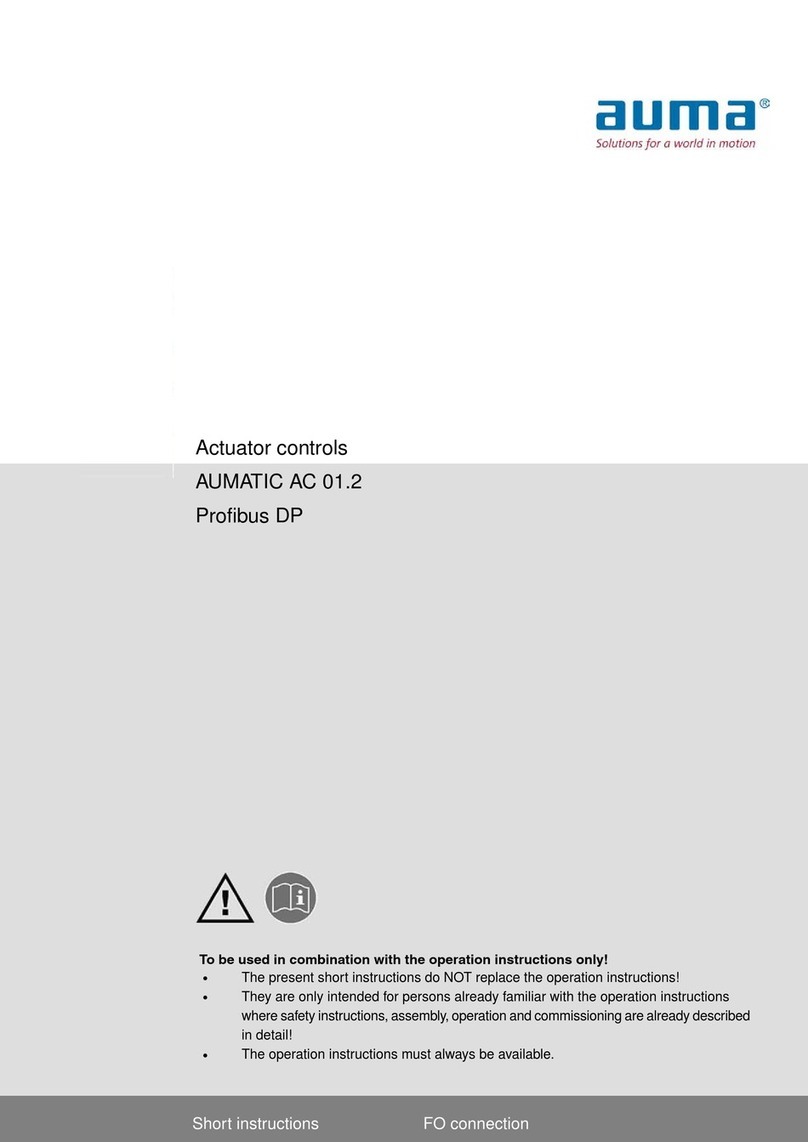
AUMA
AUMA AUMATIC AC 01.2 Manual
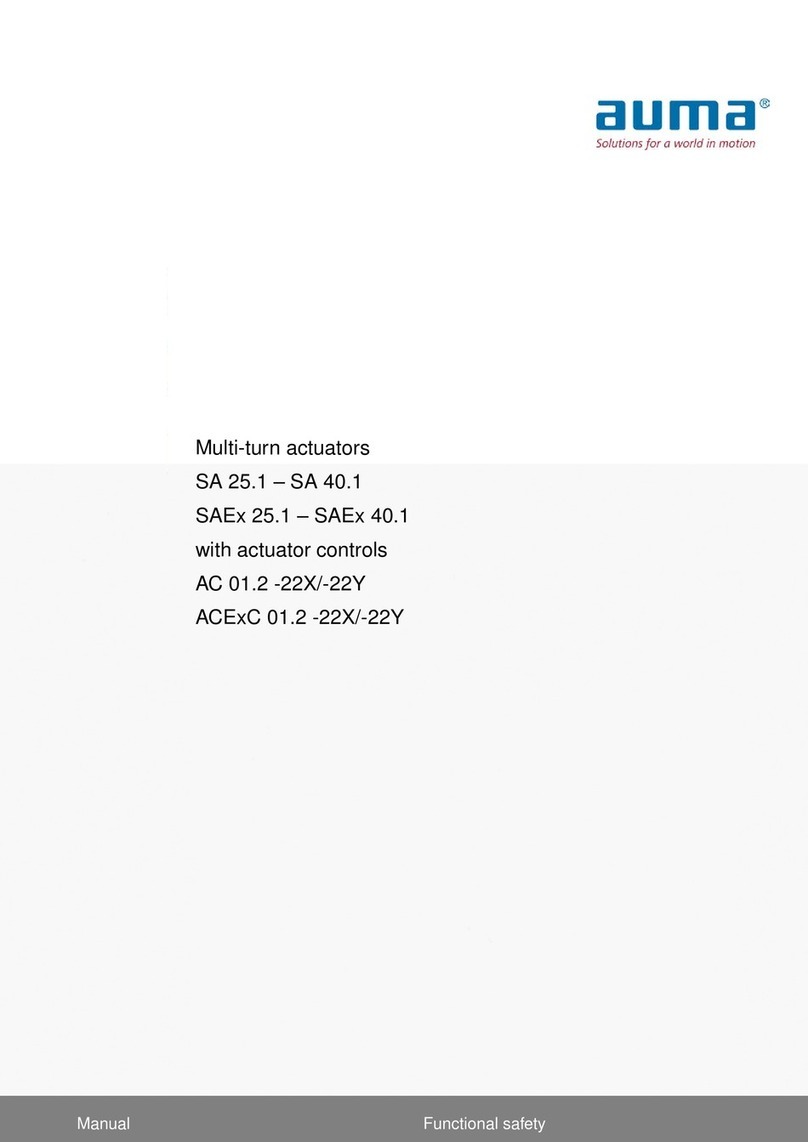
AUMA
AUMA AC 01.2-22X User manual
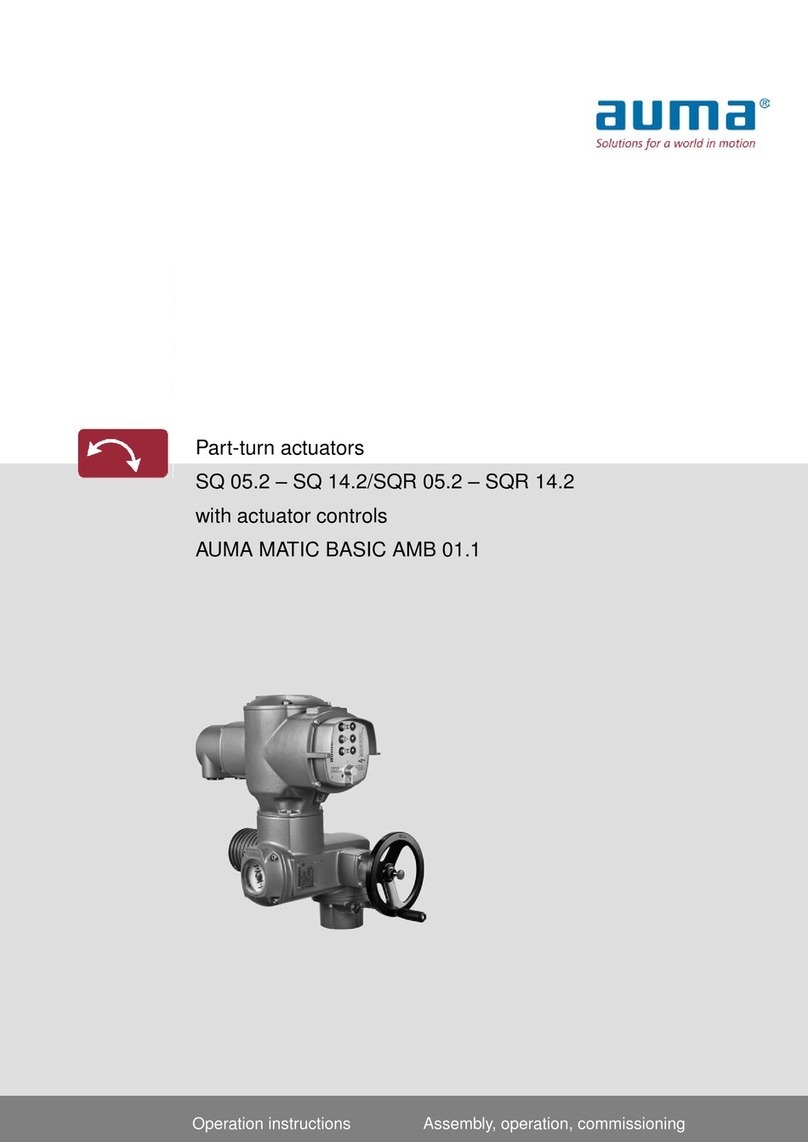
AUMA
AUMA AMB 01.1 User manual
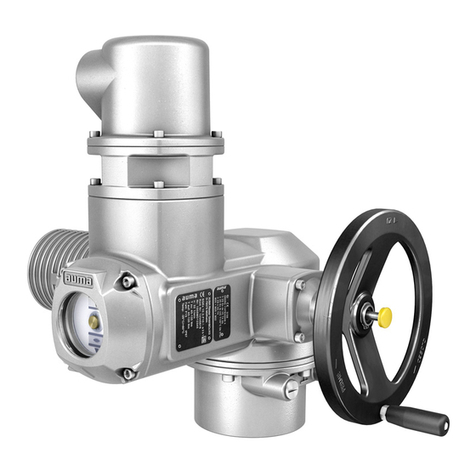
AUMA
AUMA SQEx 05.2 User manual
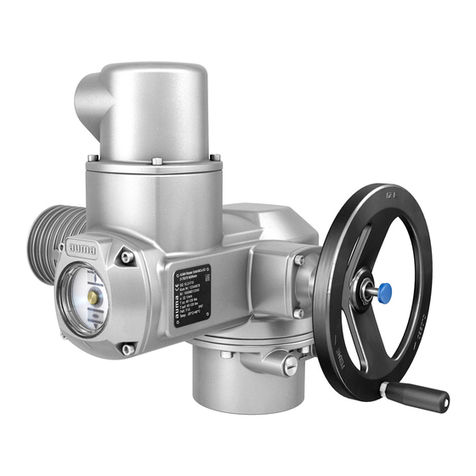
AUMA
AUMA NORM SQ 05.2 Administrator Guide
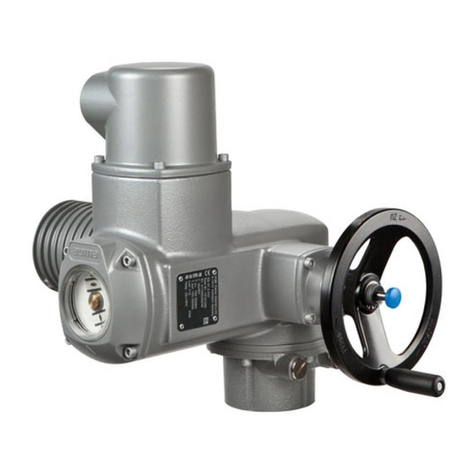
AUMA
AUMA SG 05.1-F05 User manual

AUMA
AUMA MEC 03.1 User manual
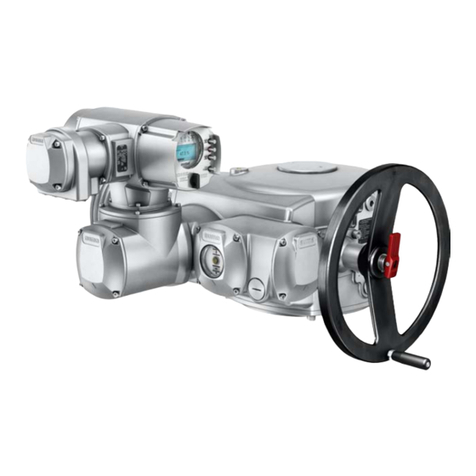
AUMA
AUMA SA 25.1 User manual
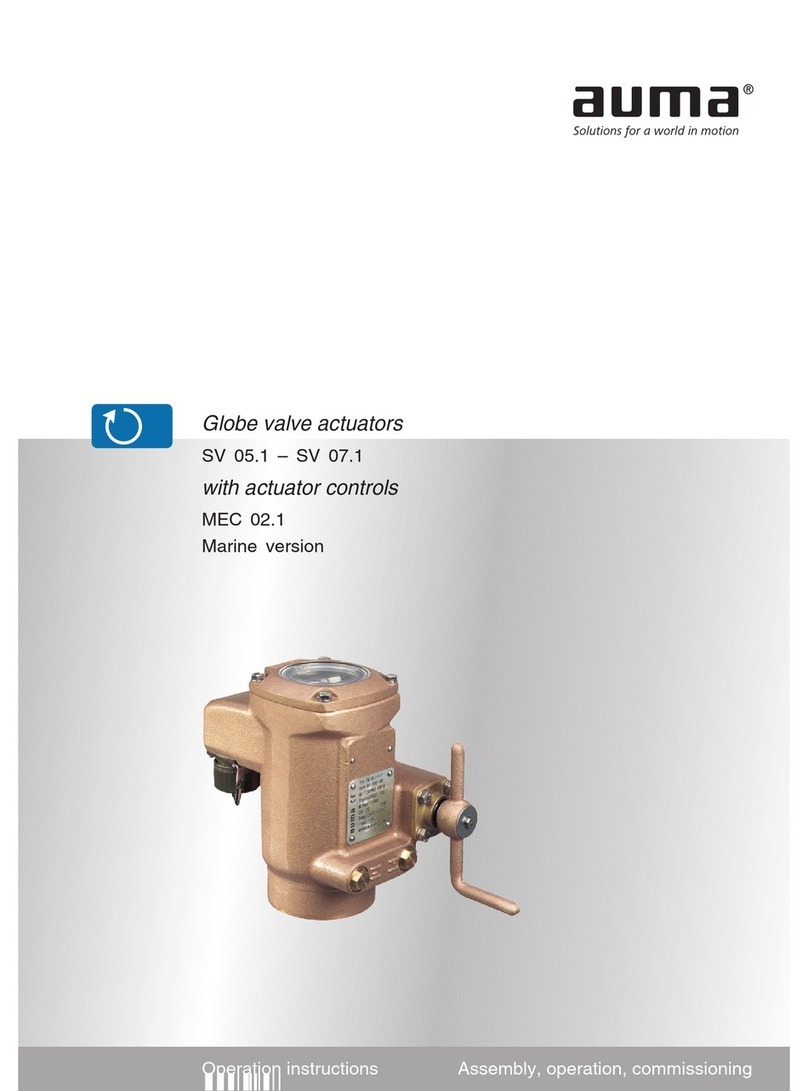
AUMA
AUMA SV 05.1 User manual
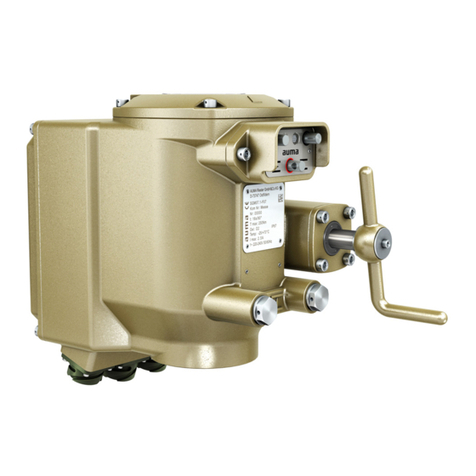
AUMA
AUMA SGM Series User manual
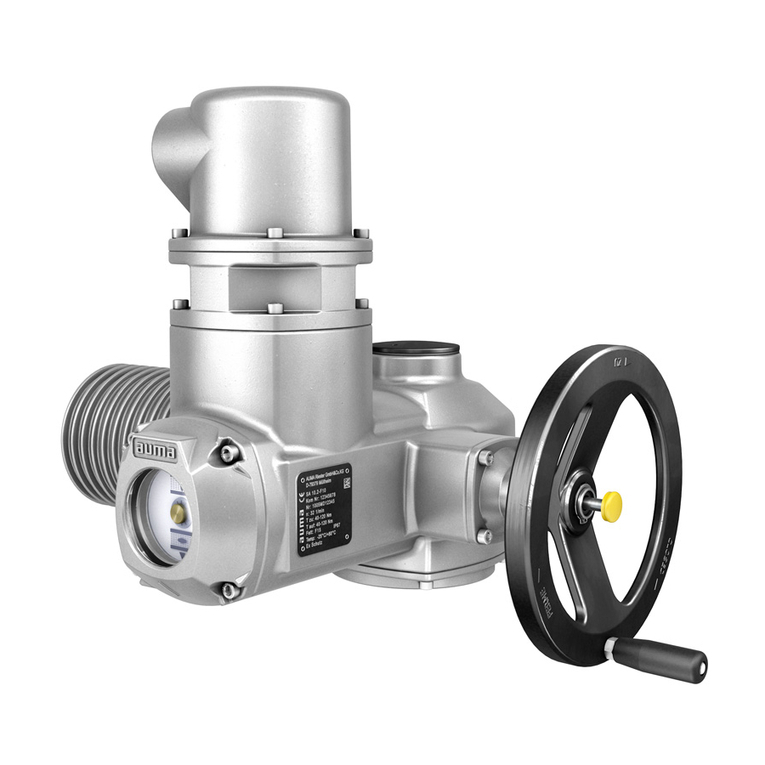
AUMA
AUMA SAEx 07.2 User manual
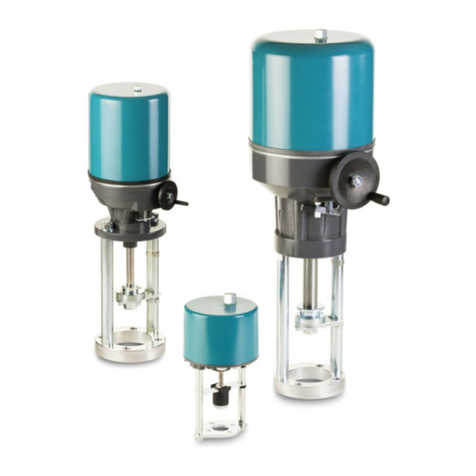
AUMA
AUMA SBA 12 User manual

AUMA
AUMA TIGRON TR-M30X User manual

AUMA
AUMA SAExC Series User manual

AUMA
AUMA PROFOX PF-M25 User manual
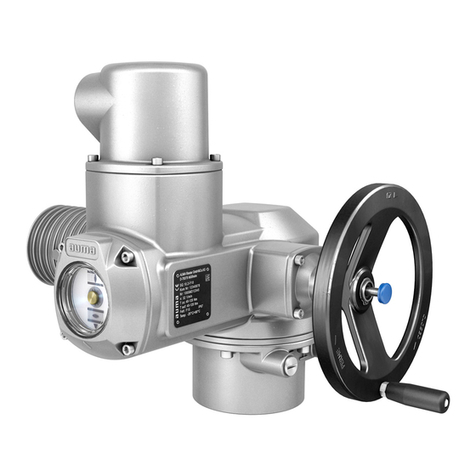
AUMA
AUMA FQM 05.1 User manual
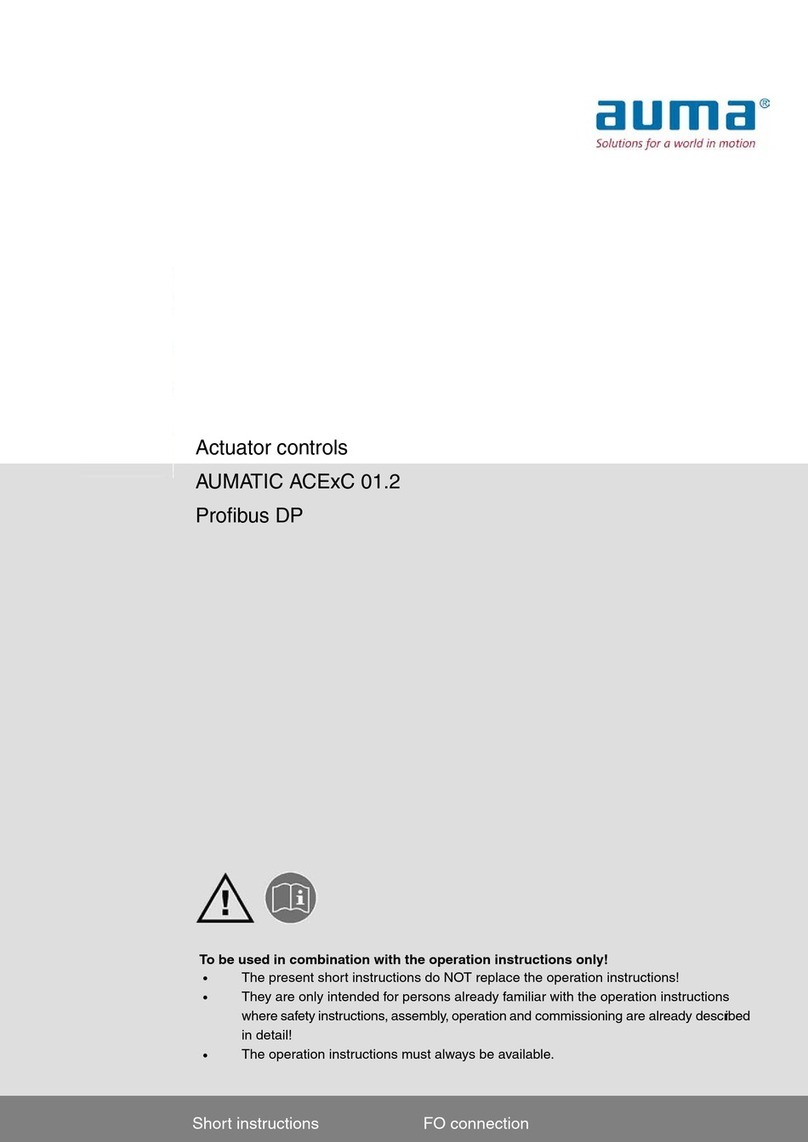
AUMA
AUMA AUMATIC ACExC User manual
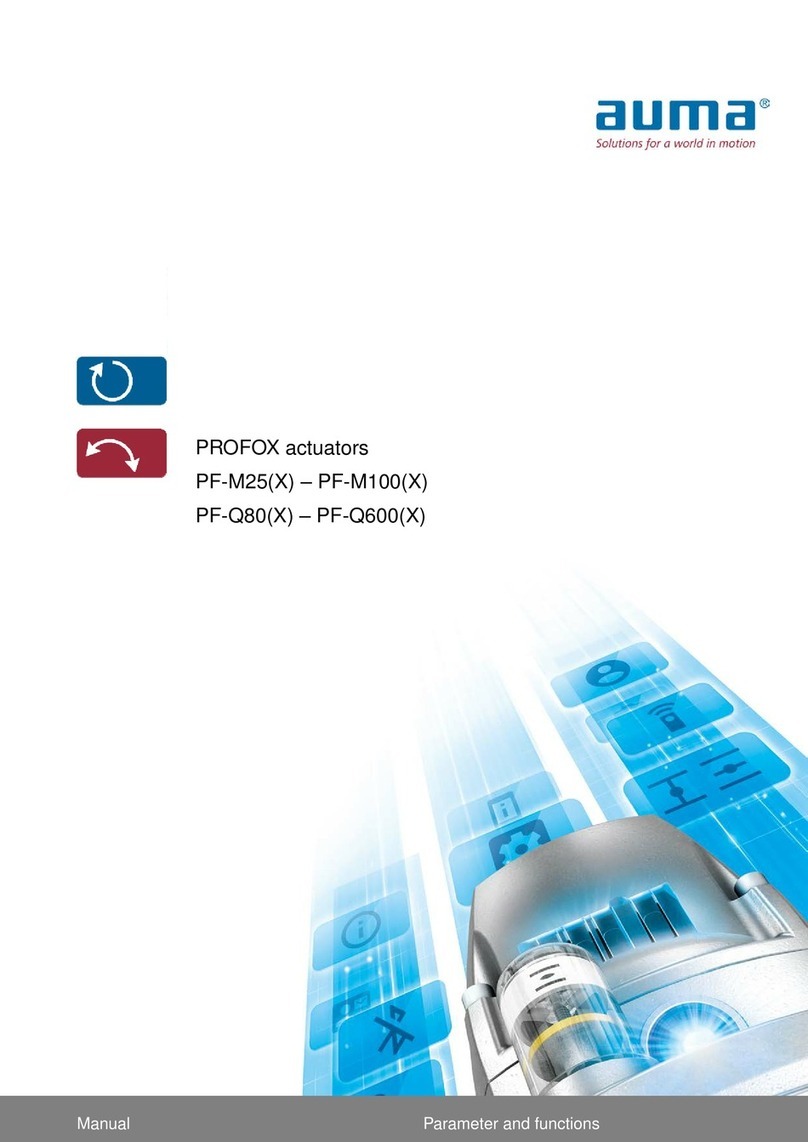
AUMA
AUMA PROFOX PF-M25X User manual
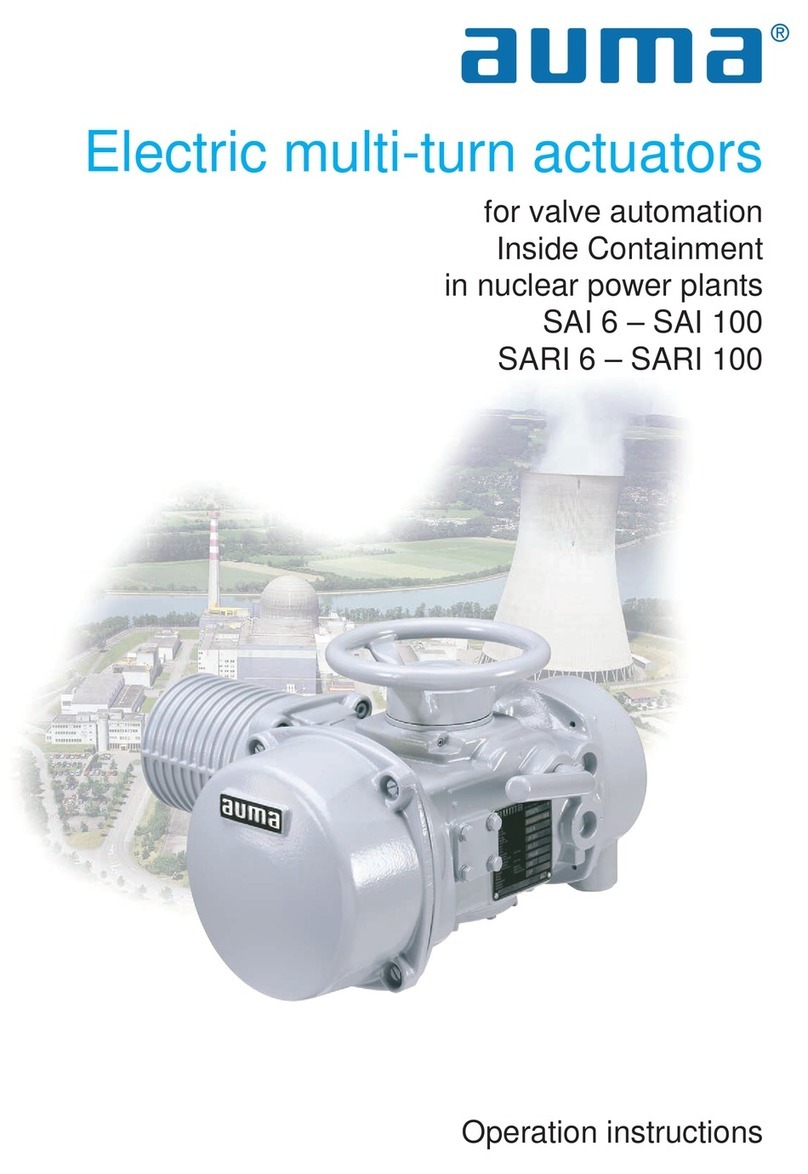
AUMA
AUMA SAI 6 User manual
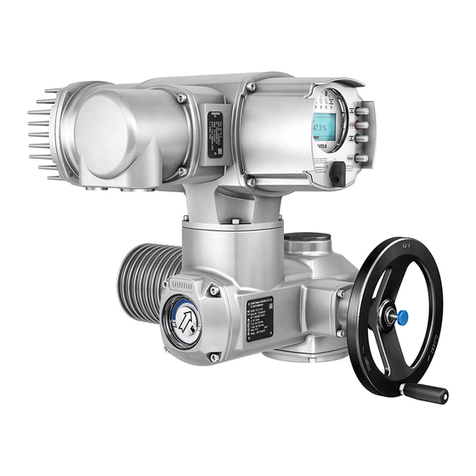
AUMA
AUMA SA 07.1 User manual

